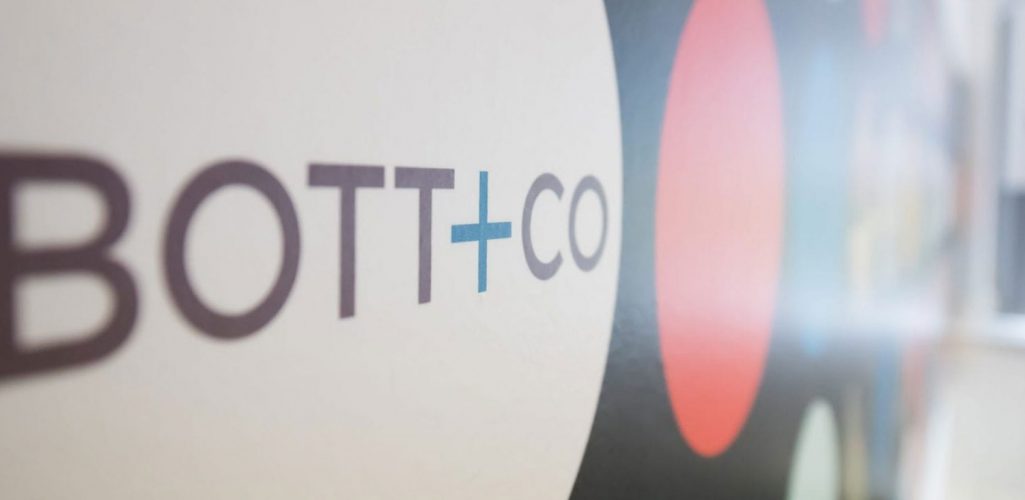In the current climate for personal injury claims, specifically RTA, it appears Insurers are raising issues of fraud and Low Velocity Impact far more regularly than in previous years on claims which meet a certain criteria.
That is to say they tick a number of fraud indicator boxes, to include elements such as a high number of passengers travelling in both of the vehicles involved, recent inception of the insurance policy, and a high premium purchased on an older car.
It is in both Insurers and Claimant Solicitors’ interests to reduce fraudulent claims, and if you can therefore get it right through careful questioning from inception of the claim, and are able to identify credibility issues in the early stages, then this saves you the additional time and money spent in dealing with an ultimately unsuccessful case and also provides a useful screening service for the Insurers.
Once the Insurers have an inkling that the claim may be fraudulent, (and it’s important to note that these elements alone do not necessarily lead to fraud, they are merely indicators), then the Insurers will raise the issue cautiously with the Claimant firm, without generally using the word “fraudulent”.
Usual practice is for the Insurers to confirm they have “concerns about the veracity of the claim” rather than specifically set out their concerns. This is presumably in the majority of the cases, because whilst further investigations are being carried out, there is little of factual relevance to base any detailed assertions upon.
Claimant Practitioners are therefore left with the uphill task of ascertaining what the issues may be and advising the client accordingly. This is the point at which it is crucial to speak to your client over the telephone, or dependent on location, face to face, in order to assess their credibility. It can be difficult to know what you’re looking for from the conversation without any information from the Insurers as to why they hold concerns. However, I find the best starting point is a phone call as soon as the issues are raised, to take a full and detailed witness statement from them as to the accident circumstances and the events surrounding the collision. This carries with it the element of surprise, as if the claim is fraudulent, it allows no preparation time for the Claimant, as he / she is unaware until this point that the issues have been raised.
It is often the less obvious questions that will undo a fraudulent client
Providing the client is genuine, this phone call provides a useful method of reassuring yourself that the Insurers have made an incorrect assumption on this occasion and you’re happy with the client’s credibility and version of events. However, on occasions, you will come across a client who cannot provide detail as to the circumstances surrounding the accident, i.e. what the purpose of the journey was, who was picked up first, who was sitting in which seat etc.
It is often the less obvious questions that will undo a fraudulent client because whilst they may well have formulated a story to cover the basics of the accident circumstances, they will generally not have thought of the situation running up to the collision, and following the collision, such as who left the accident scene first, how many people got out of each car and so on.
As your client is running through the version of events, be sure to ask additional questions pertaining to what he has said, for example if the purpose of the journey was to visit a friend, ask the name of the friend, ask the relationship to the friend and how long they have known the friend, ask whether we can contact the friend to take a statement from them to support the case.
In this day and age where a great deal of litigation and correspondence is dealt with by correspondence / e-mail / fax, there really is no substitute for a full and frank conversation with your client.
If fraud is raised, and Proceedings subsequently issued and defended, then the case will generally rise or fall on the credibility of the Claimant, therefore you must be confident in your client’s credibility in proceeding to Trial and this can only be gleaned through detailed discussion.
